How to Optimize Facebook Ads?
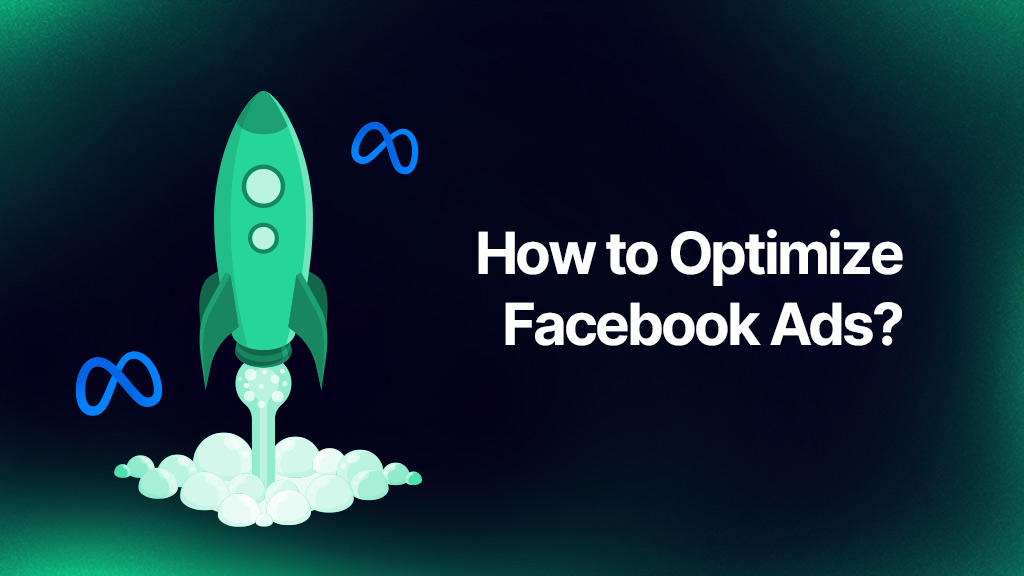
Table of Contents
- How does Facebook Ads Optimization Work?
- 10 Top Hacks to Optimize Your Facebook Ads
- 1. Make Your Account Structure Perfect
- 2. Maximize Tracking with the Meta Pixel and Google Tag Manager
- 3. Streamline Conversions
- 4. Bid Strategically
- 5. Purpose-Driven Optimization
- 6. Rapid Scaling with the Fast Takeoff Method
- 7. Target Parallel Interests for Broader Reach
- 8. Influence with Influencers: Target Their Audiences
- 9. Automate and Optimize with Rules
- 10. Connect with Leads at All Funnel Levels
- Importance of Using Facebook Ad Optimization Tools
Are you looking to get the most out of your Facebook advertising budget through effective Facebook Ads optimization? Or do you wonder how to improve Facebook ad performance? In today’s digital world, Facebook Ads are a must-have for businesses and marketers. They can help your business reach a vast audience, but to make them truly effective, you need to know how to optimize Facebook Ads to achieve your marketing goals.
In this blog post, we’ll go through what is Facebook ad optimization, how Facebook Ads optimization works, provide you with 10 top hacks to improve your advertising efforts and highlight the importance of using campaign optimization tool. You don’t need to be an expert; we’ve got your back. Let’s dive into the world of Facebook Ads and learn how to make them work for you.
How does Facebook Ads Optimization Work?
You must first understand how the optimization process works to get the most out of your Facebook Ads. Facebook ads optimization involves several essential components, each aims to improve your ad campaign’s performance and return on investment. Let’s break down the key elements;
Audience Targeting: Facebook’s audience targeting is crucial for ad success, offering precise options like demographics, interests, behaviors, and custom audience creation. Precision in audience targeting ensures your ads reach those most likely to engage with your content.
Ad Quality and Relevance: The quality and relevance of your ads play a vital role in optimization. Facebook assigns a Relevance Score to each ad, influenced by user interactions like clicks, likes, shares, and comments. A high Relevance Score leads to better ad placements and lower costs.
Ad Delivery and Bidding Strategies: Choosing the right Facebook ad bidding strategy is important to campaign success. Facebook provides various options, including CPM (Cost Per Mille), CPC (Cost Per Click), and CPA (Cost Per Action). Regularly adjusting your bids based on performance is critical to Facebook Ads optimization.
Ad Scheduling: Timing can significantly impact ad performance. Analyzing when your target audience is most active on Facebook and scheduling your ads accordingly ensures maximum exposure and engagement.
Facebook Ad Placements: Facebook offers a variety of ad placements across its platform, including Facebook, Instagram, Audience Network, and Messenger. Experimenting with different placements can help you identify where your audience engages most.
These core elements lay the foundation for achievement. However, to truly excel, you’ll need to employ some expert-level strategies. That’s where our 10 top hacks for optimizing your Facebook Ads campaigns come in.
10 Top Hacks to Optimize Your Facebook Ads
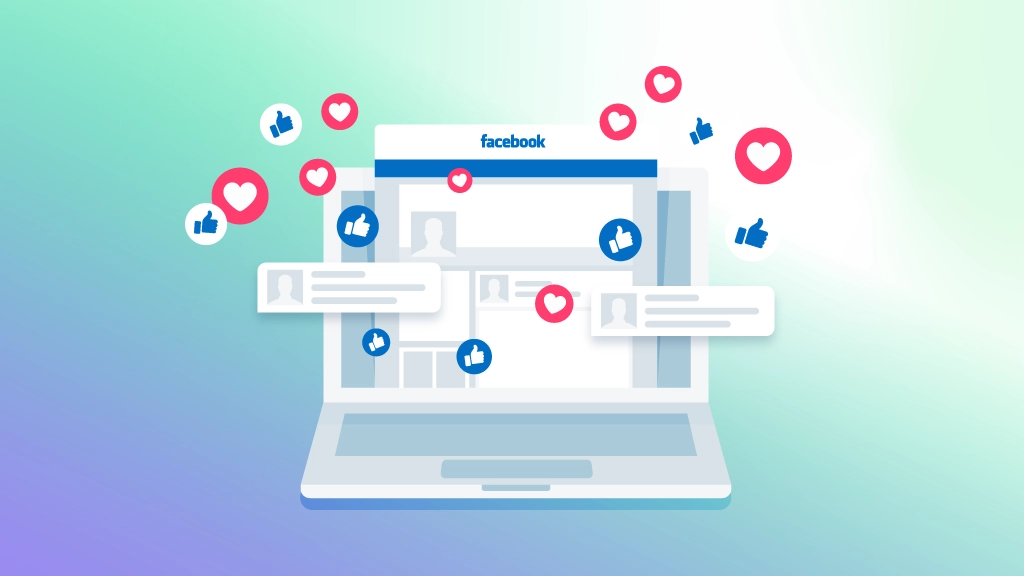
Now that you’ve learned the fundamentals of Facebook Ads optimization, it’s time to take a look at expert-level strategies that can supercharge your ad campaigns and understand how to optimize Facebook campaigns. These hacks will give you vital insights, actionable recommendations, and the best way to optimize Facebook ads whether you’re new to Facebook Ads or looking to take your campaigns to the next level.
Now, let’s dive into the Facebook ads checklist, including the top ten hacks you can use to effectively optimize Facebook Ads and take your advertising game to the next level:
1. Make Your Account Structure Perfect
Effective Facebook Ads optimization starts with setting up a well-organized ad account. It’s the core element of campaign management, helping you improve the relevance of your ads and coordinate them with specific marketing goals. To perfect your account structure, start by setting up your ad campaigns based on these goals.
For example, if your goals involve increasing website traffic and generating leads, create separate campaigns for each objective. This separation streamlines performance tracking, allowing you to easily track the progress of each campaign.
Create ad sets that target particular audiences within each campaign to further refine your strategy. For instance, if you’re running a clothing store and want to target both men and women, creating separate ad sets for each demographic allows you to tailor your messaging and allocate budgets effectively. Additionally, experiment with several ad versions, to determine what speaks to your audience the most.
Finally, using consistent naming standards for your campaigns, ad sets, and ads makes identification and management easier, especially when running multiple ads at the same time.
2. Maximize Tracking with the Meta Pixel and Google Tag Manager
Integrating Facebook’s Meta Pixel with Google Tag Manager is a critical step in optimizing your Facebook Ads strategy. While the Meta Pixel alone provides essential tracking capabilities, coupling it with Google Tag Manager boosts its impact.
This combination allows you to measure user interactions beyond the capabilities of the standard Facebook Pixel, providing you with richer data for analysis and optimization.
3. Streamline Conversions
Facebook conversion optimization is all about simplifying your tracking setup to obtain clearer data and make your Facebook Ads work more effectively. By setting up conversion tracking and creating custom conversions, you can see the full picture of how your campaigns are performing. Consolidation helps you make more informed decisions and ensures that your Facebook Ads deliver the best results for your business.
4. Bid Strategically
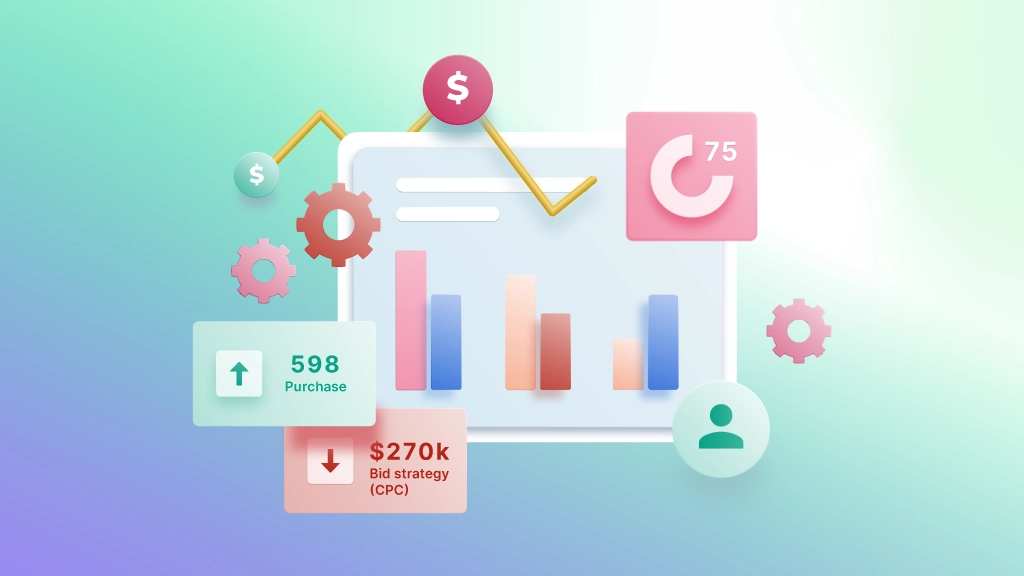
Choose a bidding strategy that ideally matches your campaign goals and make regular bid revisions for optimizing Facebook ads. The ability to make bid adjustments based on ad performance allows for efficient budget allocation, maximizing ROI by directing more budget to successful ad sets and less to underperforming ones. Whether it’s CPM (Cost Per Mille), CPC (Cost Per Click), or CPA (Cost Per Action), the choice should align perfectly with your campaign objectives for ad optimizations.
5. Purpose-Driven Optimization
Tailoring ad content and audience targeting to align with your specific objective is essential for achieving success. When ad content directly matches your goal, it captures the audience’s attention. Adjusting audience targeting to reach those more likely to engage with your objective improves the campaign’s effectiveness.
6. Rapid Scaling with the Fast Takeoff Method
The fast takeoff method accelerates the learning phase of a Facebook ad campaign by initially assigning a higher budget than intended. After around 10,000 impressions, the budget is reduced to its original level. This strategy approach swiftly collects data and enables more informed Facebook Ads optimizations by identifying successful ad elements, audiences, and techniques to boost campaign performance while successfully managing your budget.
7. Target Parallel Interests for Broader Reach
Targeting parallel interests is about expanding your audience reach by incorporating related interests in addition to your primary targeting interest. These parallel interests often align with the main interest and may also help you connect with others who share a variety of relevant passions. By creating ad content that appeals to a wider audience, you boost your chances of reaching the right people.
8. Influence with Influencers: Target Their Audiences
It is like seeking advice from trusted sources. Instead of only focusing on your chosen interests for your ads, you can also check which pages your followers like. These could be pages of popular people or related brands, not your direct competition.
This approach adds credibility and competitiveness to your ads, making them more effective, like when you trust recommendations from reliable sources. It’s a smart and straightforward way for Facebook Ads optimization.
9. Automate and Optimize with Rules
Let automation do the heavy lifting for your Facebook optimization. It automatically adjusts your ad budget and targeting based on your campaign’s performance, increasing efficiency and maximizing your ROI. With Facebook’s automated rules and machine learning algorithms, you can scale your campaigns effectively without the need for manual optimization. This intelligent automation ensures your ads stay finely tuned for better results.
10. Connect with Leads at All Funnel Levels
This strategy guides customers through their journey, from making them aware of your products at the beginning to getting them to buy at the end. It uses various ad types and messages that match what customers need at each stage. By taking care of customers from the first meeting to the final purchase, this approach makes your Facebook Ads work better, giving you a smoother and more successful advertising journey. It should be on your ad checklist.
In this section, we’ve explored 10 powerful hacks to optimize ads. These strategies can be in your Facebook Ads optimization checklist.
Importance of Using Facebook Ad Optimization Tools
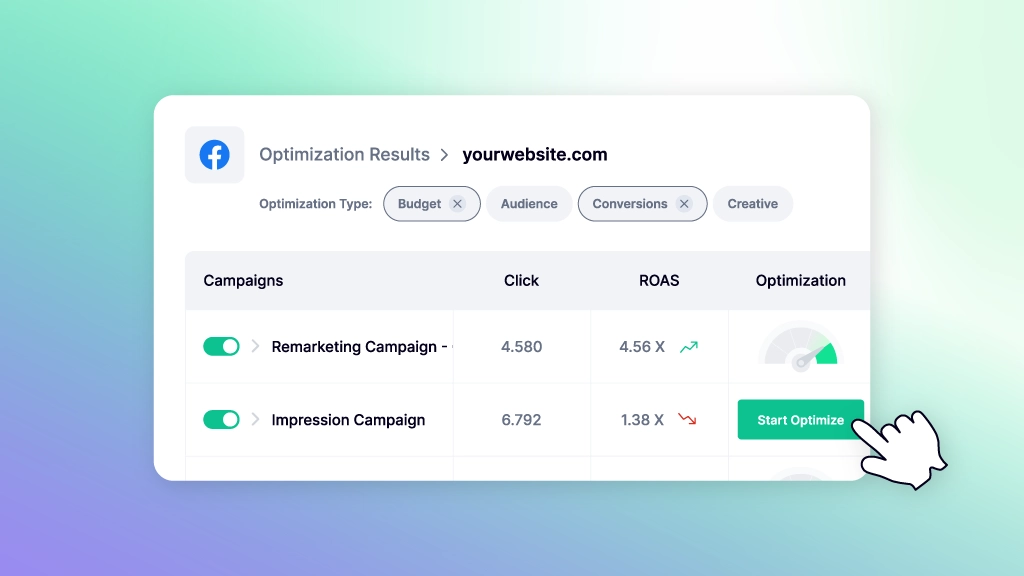
In addition to the 10 hacks mentioned above, employing powerful Facebook ads optimization tools like WASK can be a game-changer. WASK streamlines the optimization process, making it easier to manage your Facebook Ads campaigns effectively.
By integrating WASK into your advertising strategy, you can access advanced features that enhance audience targeting, ad performance tracking, and automation. WASK is the best Facebook ad optimization tool, especially as your ad campaigns grow, and you need to manage larger sets of data and audiences.
In conclusion, optimizing Facebook Ads is essential for achieving your marketing goals and making the most of your advertising budget. By understanding how Facebook ad optimization works, implementing the top hacks we’ve discussed, and leveraging tools like WASK, you can improve the effectiveness of your ad campaigns and drive better results.
To ensure your ads are performing at their best, it’s also important to evaluate their effectiveness regularly. Using a Facebook performance grader can help you analyze key performance metrics, identify areas for improvement, and refine your strategies for better ROI and Facebook campaign optimization.
So, dive into the world of Facebook advertising, experiment with these strategies, and watch your business grow with WASK’s assistance. And if you’re ready to take full control of your campaigns, explore our complete solution for Facebook Ads Optimization.

How Many Conversions Does Facebook Ads Need to Optimize?
Facebook Ads requires a minimum of about 50 conversions per week for its optimization algorithm to function effectively. It’s important to note that for these conversions to count toward the 50, they must occur within your campaign’s chosen attribution setting, which can be a significant factor. Additionally, your daily budget plays a crucial role in the number of conversions collected for optimization.
How Can I Optimize Facebook Ads for B2B Marketing Success?
Optimizing Facebook Ads for B2B marketing success involves several key strategies. Firstly, refine your audience targeting by selecting job titles, industries, and professional interests relevant to your B2B audience. Utilize Facebook’s “Custom Audiences” and “Lookalike Audiences” to reach users similar to your existing customer base.
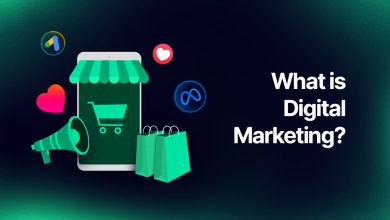
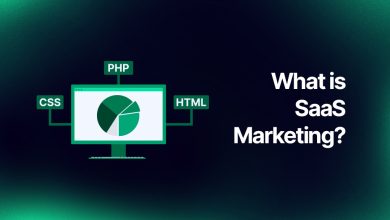
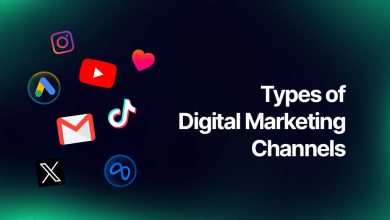
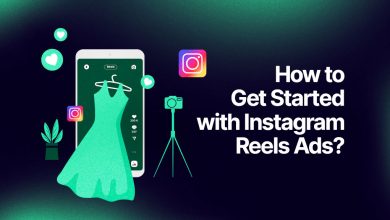
Thank you for your post.Thanks Again. Cool.
Thanks Celina, stay tuned!